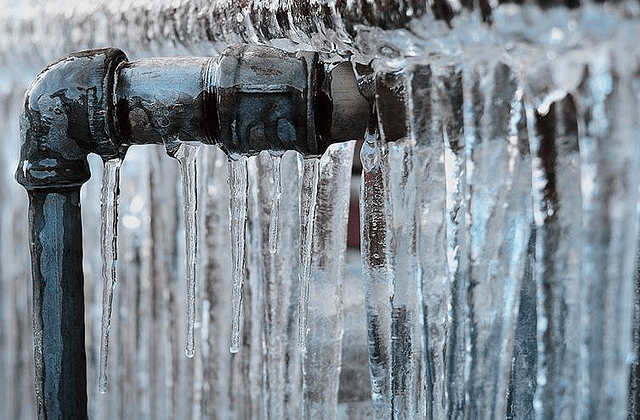Essential Tips to Prevent Frozen Plumbing in Winter: Expert Insights
Essential Tips to Prevent Frozen Plumbing in Winter: Expert Insights
Blog Article
We have encountered the article on How To Avoid Freezing Pipes directly below on the net and believe it made sense to quickly share it with you here.

Winter can ruin your plumbing, specifically by freezing pipes. Below's just how to stop it from occurring and what to do if it does.
Intro
As temperature levels drop, the threat of icy pipelines rises, possibly causing costly fixings and water damages. Comprehending exactly how to prevent icy pipes is critical for home owners in cold climates.
Comprehending Icy Pipelines
What creates pipelines to freeze?
Pipelines freeze when subjected to temperatures listed below 32 ° F (0 ° C) for extended periods. As water inside the pipelines ices up, it broadens, taxing the pipe walls and potentially causing them to rupture.
Risks and problems
Frozen pipes can bring about water system interruptions, building damages, and costly fixings. Burst pipelines can flood homes and cause substantial structural damage.
Signs of Frozen Pipeline
Identifying icy pipes early can prevent them from breaking.
Just how to determine icy pipes
Look for decreased water flow from faucets, unusual odors or noises from pipes, and visible frost on revealed pipelines.
Avoidance Tips
Protecting at risk pipelines
Cover pipes in insulation sleeves or use warm tape to shield them from freezing temperatures. Focus on pipes in unheated or exterior locations of the home.
Heating methods
Keep indoor areas properly heated up, particularly areas with plumbing. Open up closet doors to allow warm air to distribute around pipelines under sinks.
Safeguarding Outdoor Pipes
Yard hose pipes and exterior taps
Separate and drain garden hoses prior to winter. Set up frost-proof spigots or cover outside taps with shielded caps.
What to Do If Your Pipelines Freeze
Immediate actions to take
If you think icy pipelines, keep taps available to relieve stress as the ice melts. Use a hairdryer or towels taken in warm water to thaw pipelines slowly.
Long-Term Solutions
Architectural changes
Consider rerouting pipes away from outside wall surfaces or unheated locations. Add added insulation to attics, basements, and crawl spaces.
Updating insulation
Invest in premium insulation for pipelines, attics, and walls. Appropriate insulation helps preserve constant temperature levels and reduces the risk of icy pipelines.
Conclusion
Preventing frozen pipes needs positive actions and fast actions. By recognizing the causes, indications, and safety nets, homeowners can secure their pipes during cold weather.
5 Ways to Prevent Frozen Pipes
Drain Outdoor Faucets and Disconnect Hoses
First, close the shut-off valve that controls the flow of water in the pipe to your outdoor faucet. Then, head outside to disconnect and drain your hose and open the outdoor faucet to allow the water to completely drain out of the line. Turn off the faucet when done. Finally, head back to the shut-off valve and drain the remaining water inside the pipe into a bucket or container. Additionally, if you have a home irrigation system, you should consider hiring an expert to clear the system of water each year.
Insulate Pipes
One of the best and most cost-effective methods for preventing frozen water pipes is to wrap your pipes with insulation. This is especially important for areas in your home that aren’t exposed to heat, such as an attic. We suggest using foam sleeves, which can typically be found at your local hardware store.
Keep Heat Running at 65
Your pipes are located inside your walls, and the temperature there is much colder than the rest of the house. To prevent your pipes from freezing, The Insurance Information Institute suggests that you keep your home heated to at least 65 degrees, even when traveling. You may want to invest in smart devices that can keep an eye on the temperature in your home while you’re away.
Leave Water Dripping
Moving water — even a small trickle — can prevent ice from forming inside your pipes. When freezing temps are imminent, start a drip of water from all faucets that serve exposed pipes. Leaving a few faucets running will also help relieve pressure inside the pipes and help prevent a rupture if the water inside freezes.
Open Cupboard Doors
Warm your kitchen and bathroom pipes by opening cupboards and vanities. You should also leave your interior doors ajar to help warm air circulate evenly throughout your home.

I hope you enjoyed reading our section on Prevent Frozen Pipes . Many thanks for taking the time to read our piece. Loved our write up? Please share it. Let other people find it. I praise you for your time. Come back soon.
Book Today Report this page